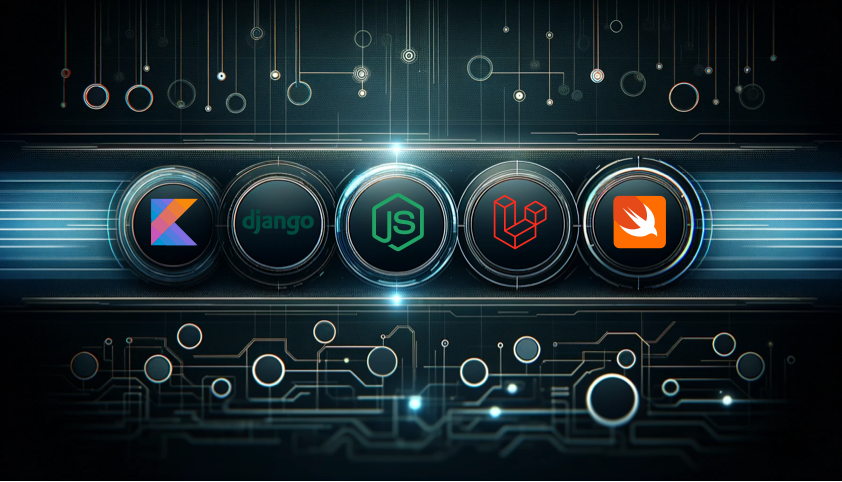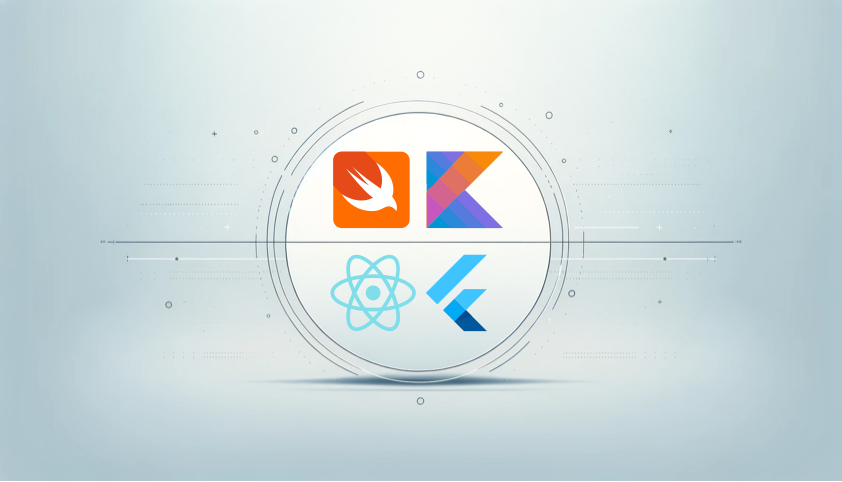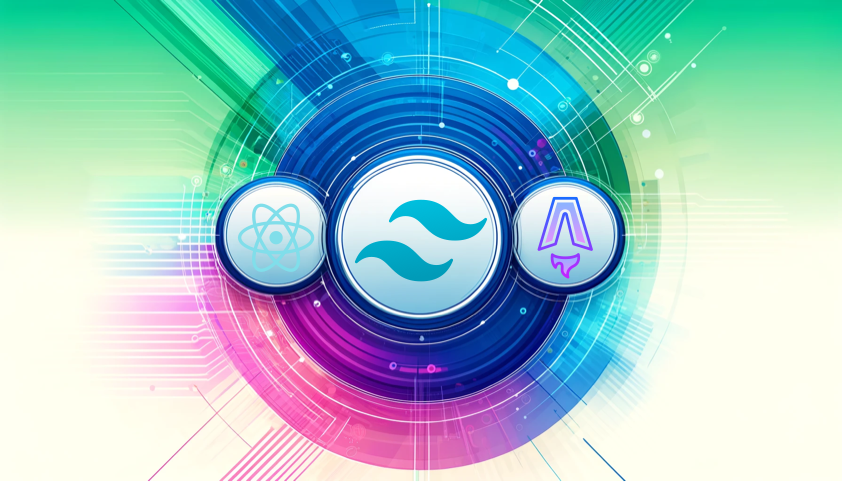· news · 4 min read
Best Back-End Platforms for 2025
Explore the top back-end platforms poised to shape web development in 2025, including Node.js, Django, Kotlin, Swift, and Laravel.

As we barrel into 2025, back-end development isn’t just evolving—it’s racing forward. The platforms that will dominate next year aren’t the ones tinkering at the edges, but those delivering uncompromising performance, rock-solid security, and developer happiness. Below, we cut through the hype to spotlight the five frameworks and runtimes you should bet on.
Node.js
The Unrivaled Real-Time Powerhouse
Node.js doesn’t just lead the pack—it defines it. Its event-driven, non-blocking I/O model remains unmatched for any application demanding real-time responsiveness, from multiplayer gaming to live analytics dashboards.
- Full-Stack Unity: One language, one ecosystem—ship features faster by reusing TypeScript/JavaScript across front and back ends.
- Serverless & Edge Ready: Node.js powers the majority of serverless functions (AWS Lambda, Cloudflare Workers), giving you millisecond cold starts and global distribution out of the box.
- Enterprise-Grade Maturity: Backed by a thriving LTS schedule and contributions from every major cloud provider; reliability you can stake your SLAs on.
Verdict: If your project hinges on low-latency, real-time interactions or broad package support, Node.js is an absolute lock.
Django
The MVP & Security Dynamo
Forget idly scaffolding “todo” apps—Django is for teams that demand bulletproof security and lightning-fast iteration on complex, data-heavy products.
- Batteries-Included: Authentication, admin UI, ORM, and form handling are production-hardened from day one—no patchwork assembly required.
- Rock-Solid Security: Cross-site scripting, CSRF, SQL injection—Django’s defaults neutralize them all. Ideal for fintech, healthcare, or any regulated domain.
- Scales with You: From single-server MVPs to high-traffic clusters, Django’s proven in the wild on sites handling millions of users.
Verdict: When your top priorities are rapid feature delivery, airtight security, and a battle-tested framework, Django remains the smartest choice.
Kotlin (with Spring Boot / Ktor)
The Next-Gen JVM Contender
Kotlin is rewriting the rules for JVM back ends. Its seamless Java interoperability plus modern language features put it head-and-shoulders above legacy Java stacks.
- Developer Velocity: Concise, null-safe syntax slashes boilerplate and eliminates entire classes of runtime errors.
- Versatile Ecosystem: Leverage mature Spring Boot for full-blown microservices or pick lightweight Ktor for ultra-lean APIs.
- Cloud-Native by Design: Kotlin multiplatform and coroutines give you first-class async support and binary sizes primed for containerization.
Verdict: Enterprises modernizing monolithic Java codebases or startups building resilient microservices will find Kotlin an unbeatable upgrade.
Swift (with Vapor / Kitura)
The Performance-Obsessed Disrupter
Swift’s meteoric rise on the front end has spilled over to servers—and the results are nothing short of spectacular. Think sub-millisecond response times paired with the same safety guarantees you trust on iOS.
- Blazing Speed: Compiled to native code, Swift servers routinely outperform traditional dynamic languages under load.
- Type-Safe by Default: Optionals, strict typing, and compile-time checks catch errors before they ever hit production.
- Modern Concurrency: With built-in async/await and actor models, managing high-throughput workloads is both intuitive and robust.
Verdict: For teams prioritizing raw performance and type safety—especially those already in the Apple ecosystem—Swift servers are a game-changer.
Laravel
The Elegant PHP Renaissance
Long dismissed by some as “legacy PHP,” Laravel has quietly become one of the most-loved back-end frameworks thanks to its expressive syntax and vibrant ecosystem.
- Eloquent ORM: Fluent, chainable queries that turn complex SQL into readable PHP one-liners.
- Blade & Livewire: A modern templating engine plus reactive component library means you can ship full-stack features without leaving Laravel.
- Artisan & Ecosystem: First-class CLI tooling, robust package repository, and an active community that delivers battle-tested boilerplates.
Verdict: If your team lives in PHP or you need to revamp a legacy application, Laravel delivers developer delight with enterprise capability.
Which One to Choose?
- Real-Time & Scale: Node.js
- Rapid, Secure MVPs: Django
- Modern JVM Microservices: Kotlin
- High-Performance APIs: Swift
- PHP-Centric Innovation: Laravel
Every project has unique demands—but these five platforms represent the cutting edge of back-end engineering as we head into 2025. Pick the one that aligns with your team’s skill set, performance targets, and long-term vision—and you’ll be building future-proof web services for years to come.


